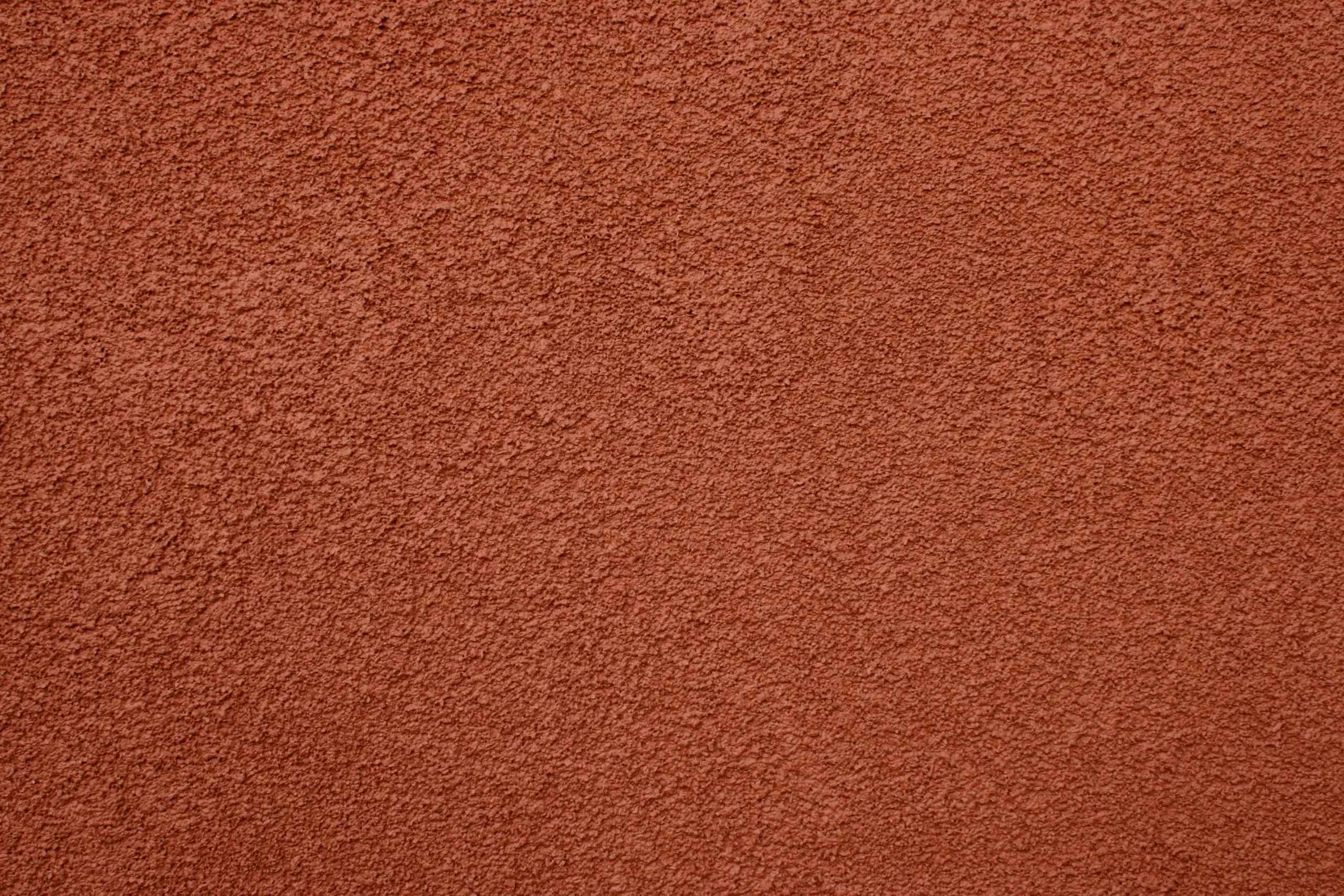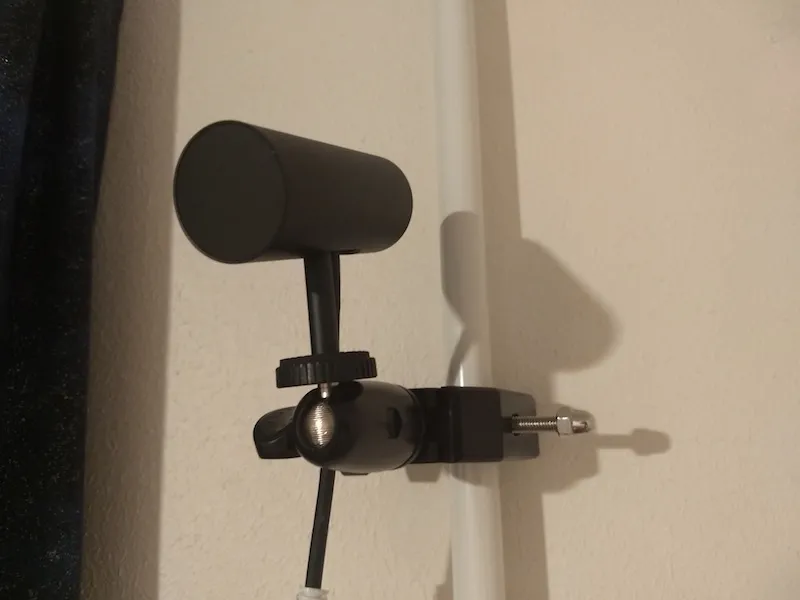DIY Master’s Guide to Complementing Terracotta with Colors in Your Living Room
You`re a DIY master, always ready to tackle any project that comes your way. And now that you and your best friend have decided to re-paint your living room, you’re feeling inspired. In your search for the perfect color scheme, you’ve landed on terracotta – a warm, earthy tone that sets a peaceful, cozy vibe. But what colors complement terracotta? That’s where we come in.
In this article, we`ll guide you through the characteristics of terracotta, the importance of color harmony in interior design, and the colors that complement terracotta in different settings. We`ll also showcase examples of successful color combinations with terracotta and give you tips for incorporating complementary colors into your home decor. Get ready to transform your space and impress your friends, read on!
Understanding the characteristics of terracotta is important.
As a handyman who is skilled at fixing things, you may come across terracotta in your work. Understanding the characteristics of this material can help you better serve your clients and achieve beautiful results.

Terracotta, which comes from the Italian words “terra” meaning earth and “cotta” meaning cooked, is a type of clay that has been fired at high temperatures. It is known for its warm reddish-brown color and natural texture.
One characteristic to note about terracotta is that it is porous. This means that it can absorb water easily if not properly sealed or treated with waterproofing agents. This makes it more susceptible to cracking or breaking in freezing temperatures.
When working with terracotta, it’s important to choose colors that complement its warm tones. Colors like deep greens, rich blues or muted grays work well alongside terracotta accents without overwhelming them.
Another factor to consider when working with this material is its fragility – while durable enough for outdoor use in many cases- drops and rough handling should be avoided as much as possible during installation so as not to risk damaging the pieces before they are put into place permanently.
By understanding these characteristics of terra cota materials , you will be able approach any project involving this beautiful material more informedly , carefully taking on measures required thus ensuring beauty & longevity .
The importance of color harmony in interior design is undeniable.
As a handy man, you understand the importance of paying attention to details. When it comes to interior design, color harmony is one detail that should not be overlooked. In particular, choosing colors that complement terracotta can create a warm and inviting atmosphere in any room.
Terracotta is an earthy tone that pairs well with muted greens, blues and browns. These complementary colors work together to create a cohesive look in your space while also adding visual interest.
When selecting colors for your interior design project, consider the mood you want to convey. Do you want a calming environment or something more energetic? By understanding how different colors affect our emotions and feelings, you can choose the right palette for your space.
In addition to creating harmony between different hues, pay attention to texture as well. Mixing materials such as wood and metal or soft fabrics with hard surfaces can add depth and dimensionality.
Overall, color harmony plays an essential role in creating beautiful interiors that are both functional and aesthetically pleasing. As someone who takes pride in fixing things up around the house yourself – don’t overlook this important aspect of home improvement!
What colors complement terracotta in different settings?
As a handyman, you know that choosing the right colors can make or break any project. When it comes to terracotta, there are a variety of colors that can complement its warm and earthy tones in different settings.
In a rustic setting, consider pairing terracotta with deep greens and browns for an outdoorsy feel. Think forest green walls with dark wood accents and terracotta flooring.
For a more modern look, try combining terracotta with cool blues or grays. This creates an interesting contrast between the warm earthiness of the terracotta and the coolness of these shades.
If you’re looking for something bold and eye-catching, consider using bright yellows or oranges alongside your terracotta elements. These vibrant hues will add energy to any space while still maintaining harmony with your base color.
Finally, if you want to create a calming atmosphere in your space without sacrificing warmth, try pairing soft pinks or mauves with your terra cotta elements. These gentle tones will balance out the richness of this classic hue while still adding depth and interest to your overall design scheme.
No matter what style you’re going for in your next project as a handyman who is good at fixing things , remember that colors play an important role in creating mood and ambiance – so choose wisely!
Examples of successful color combinations with terracotta are.
Are you a handyman looking to add some style and personality to your projects with terracotta? Look no further than these successful color combinations!
First, consider pairing terracotta with earthy greens. This combination creates a natural and rustic feel that is perfect for outdoor projects such as garden beds or patio pavers. Try using shades of olive, sage, or forest green.
For a more modern look, combine terracotta with cool blues. The warmth of the terracotta contrasts beautifully against the calming blue tones for an eye-catching pop of color. Consider using hues like navy, powder blue or teal.
If you’re feeling bold and adventurous, try mixing in bright pops of yellow or orange alongside your terracotta pieces. These vibrant colors will bring energy and excitement to any project – just make sure not to overdo it!
Finally, if you want a classic combination that never goes out of style, pair your terracotta elements with neutral whites or grays for an elegant touch.
Remember: when it comes to selecting colors that complement each other well alongside terra cota – there are no hard rules! Experimenting is key when finding what works best for each individual project- so don’t be afraid to get creative!.
Here are some tips for incorporating complementary colors into your home decor.
Are you a handyman with an eye for design, looking to incorporate complementary colors into your home decor? Look no further than the rich and warm tones of terracotta.
When it comes to choosing colors that complement terracotta, think in opposites. The color wheel can be a helpful tool here – look for shades directly opposite from terracotta, such as deep blues or greens. These shades will provide contrast while still maintaining a cohesive color scheme.
Another option is to stick within the same color family but vary the shades and tones. For example, pairing terracotta with lighter or darker oranges or pinks can create depth and interest in your decor.
Don’t forget about neutrals! Shades like beige and cream can also provide balance when paired with bold colors like terra cotta.
As you begin incorporating these complementary colors into your home decor, keep in mind that less is often more – choose one dominant shade (such as terra cotta) and use other hues sparingly as accents throughout the space.
With these tips in mind, incorporating complementary colors into your home decor can be both effortless and visually stunning. Happy designing!
Conclusion
Now that you know how to work with terracotta and complementary colors, it’s time to get started on your own interior design project! With the right colors and a bit of creativity, there are no limits to what you can accomplish. So don’t wait any longer – grab those tools from the shed and start making your home look great using terracotta-complementing colors!










